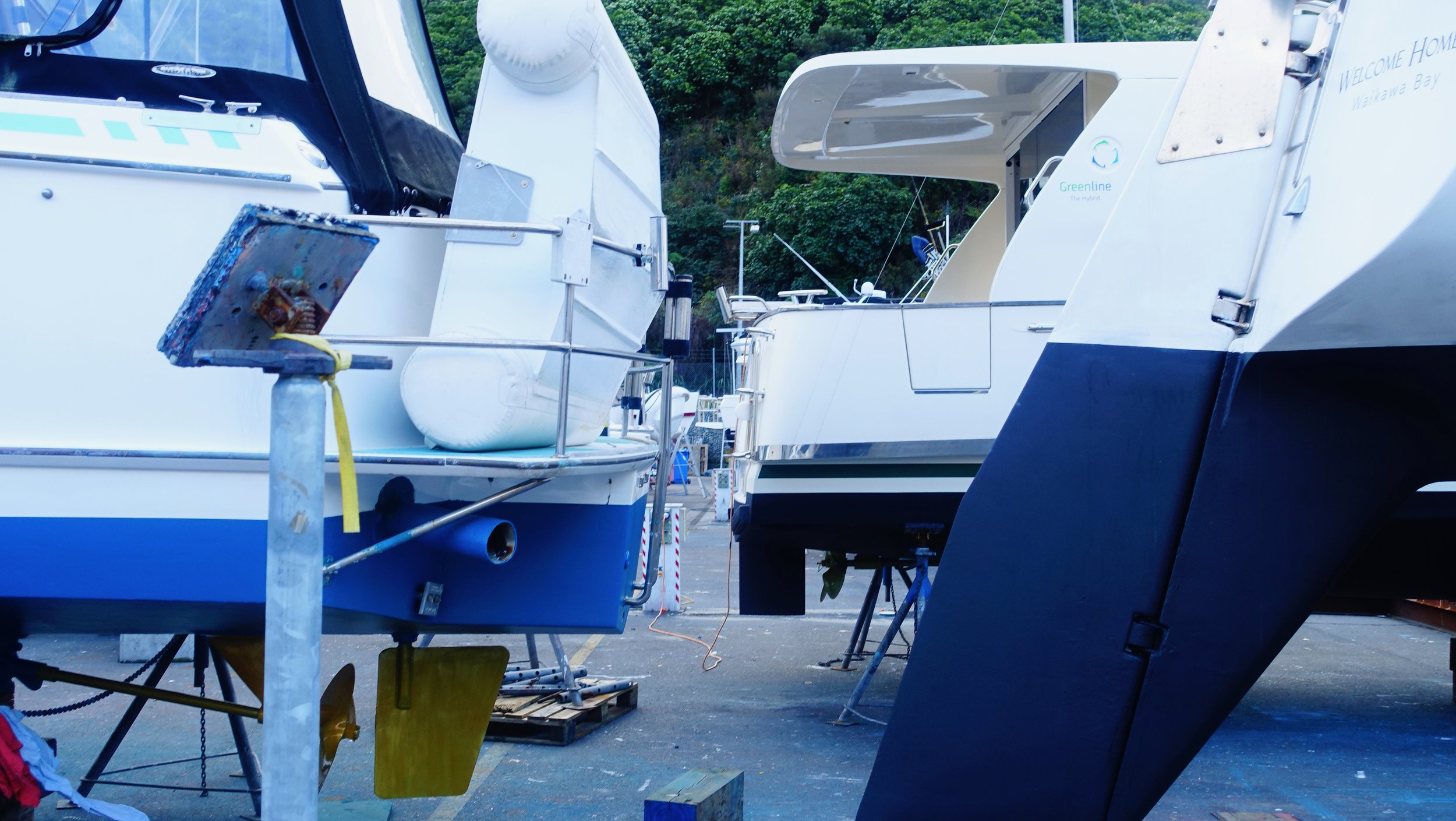
Clean & check
Clean dirty hulls and niche areas, bilge water and all equipment.
Haul out
Haul out at least annually, and anytime there is a build up of fouling. It’s good seamanship not to let fouling build up beyond a light slime layer.
Clean the big stuff
Remove all large fouling matter by hand. Dispose of in a bin going to landfill. It’s important this material does not get back into the sea where it could reproduce.
Clean the small stuff
Hose and brush or waterblast to remove all fouling. Haul your boat out at a facility where the wash off is contained and treated before going back into the sea.
Check niche areas
Pay special attention to what are known as “niche areas” – appendages that protude or areas that retain water such as the keel, intakes and outlets, propellers and shafts, rudders and casings. These are prime locations for harbouring pests.
Cleaning in the water
Always check council rules before you clean in the water. Many marinas also prohibit in-water cleaning for environmental and safety reasons. If you are cleaning in-water, only use a soft cloth. Never cause damage to the paint. Do it before you leave your mooring or berth so that you don't carry marine pests with you.
Tidal grids
Tidal grids are convenient for some jobs but they are not suitable for hull cleaning or antifouling because antifoul doesn’t have time to cure between tidal cycles, and also because scraping releases contaminants, including heavy metals and pests, into the water. We recommend using an approved haulout facility instead where waste is captured and treated to protect our environment.
Get more information about antifouling and boat maintenance
